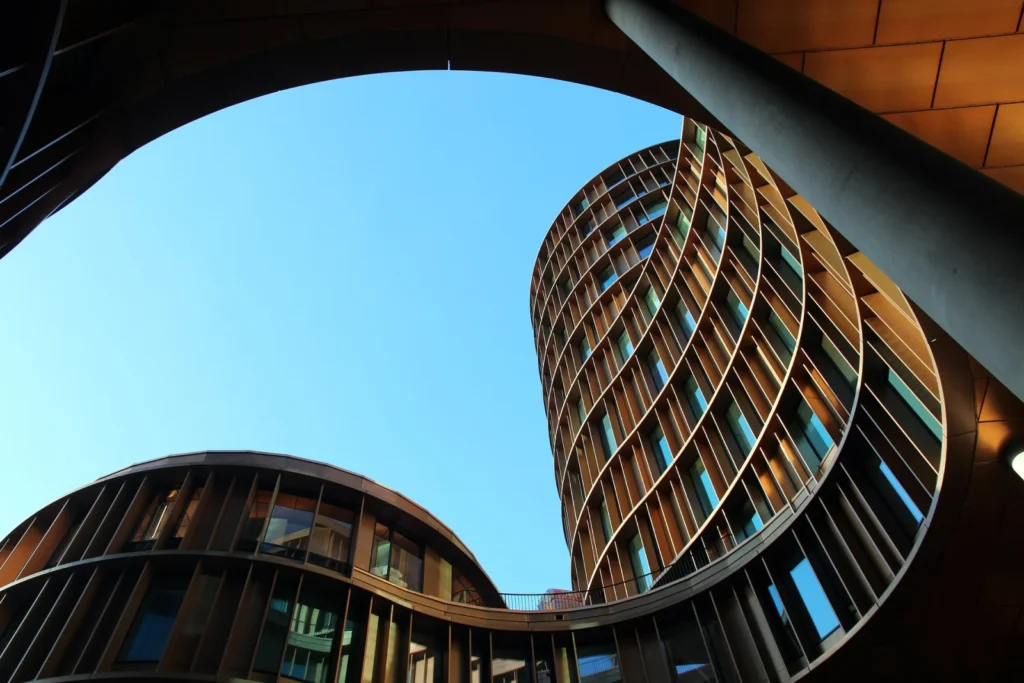THE FUTURE OF HOME CONSTRUCTIONS
The Future of Home Construction: Top Trends to Watch in 2025
As the world evolves, so does the way we approach home construction. With advancements in technology, a focus on sustainability, and shifting homeowner preferences, the construction industry is undergoing a transformation. In 2025, the future of home building will be marked by innovative trends that cater to both environmental responsibility and the increasing demand for efficiency and comfort. Whether you’re planning to build your dream home or renovate an existing one, here’s a look at the top trends shaping the future of home construction.
- Homes designed to generate as much energy as they consume are becoming a priority.
- Builders are increasingly using eco-friendly materials such as reclaimed wood, recycled steel, and hempcrete to minimize the environmental footprint of construction projects.
- Energy-efficient appliances, better home designs, and advanced systems for heating, cooling, and lighting will become standard, enhancing both comfort and sustainability for homeowners.
Eco Friendly Homes In 2025
In recent years, sustainability has moved from being a niche interest to a mainstream priority. As concerns over climate change grow, home construction in 2025 will continue to prioritize eco-friendly practices. Energy-efficient homes, once considered luxury, will become the norm. Sustainable materials, solar energy integration, and energy-efficient appliances will be foundational elements of every new build.

One of the most notable trends is the rise of net-zero homes, which generate as much energy as they consume. These homes rely on solar panels, wind energy, and advanced insulation techniques to minimize energy usage. As energy costs rise and environmental concerns grow, homeowners will increasingly invest in these energy-efficient homes. Additionally, builders will turn to sustainable materials like reclaimed wood, recycled steel, and hempcrete to reduce the environmental impact of construction.
Smart Home Technology
Smart home technology continues to evolve and will be more integrated into homes by 2025. The future of home construction is about making homes more intuitive and responsive to the needs of the occupants. In 2025, homes will be equipped with intelligent systems that manage everything from lighting and heating to security and entertainment. Today’s smart homes can adjust the temperature, lighting, and even the ambiance with a voice command or through a smartphone app. In 2025, expect even more advanced systems that learn your behavior and anticipate your needs. Smart thermostats will monitor and adjust energy usage in real-time, while automated lighting will reduce energy waste. Security systems will incorporate facial recognition technology, and AI-powered assistants will manage tasks like grocery orders, scheduling, and more.
Traditional Home Concept
In 2025, the concept of the traditional home will undergo a major shift to accommodate the evolving needs of homeowners. The idea of static, one-purpose rooms is being replaced by more dynamic, flexible spaces that serve multiple functions depending on the time of day or specific requirements of the household.
A big driver of this change is remote work. As more people work from home, the need for dedicated office space has grown, but it’s often impractical for many homeowners to dedicate an entire room just for work. Instead, spaces that can easily transform into offices or meeting rooms are becoming popular. For example, a spare bedroom might double as a home office during the day and revert to a guest room at night.
The focus on health and wellness is another significant influence. More homes are incorporating fitness or wellness spaces that can serve multiple purposes. A room might function as a gym for a morning workout and transform into a meditation or yoga area later. Similarly, living rooms, which are often the heart of the home, are evolving to accommodate activities like family exercise, schoolwork, or even creative hobbies.
With families spending more time together at home, there’s also an increasing demand for flexible spaces that can adapt to different needs, like dining areas that can convert into playrooms for kids or hobby zones for crafts and DIY projects.
Incorporating multifunctional furniture, movable walls, and smart home technology, these spaces are designed to be easily reconfigured. Think of fold-away desks, wall-mounted shelves, or modular sofas that can rearrange to suit various activities. Overall, the home of 2025 will be more responsive to the changing lifestyles of its inhabitants, blurring the lines between separate rooms and creating a fluid, versatile living environment.